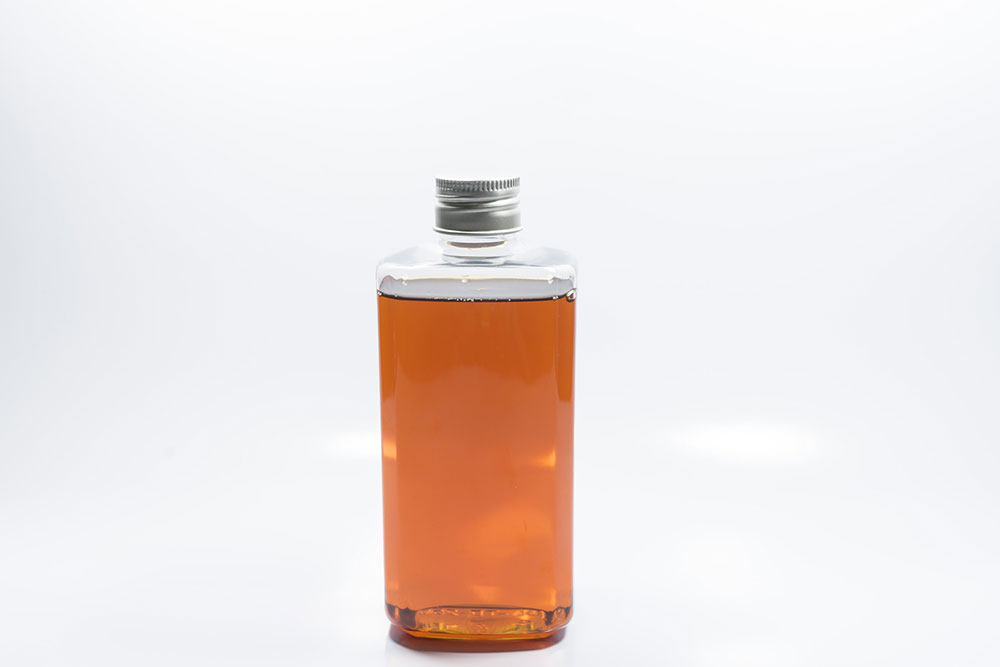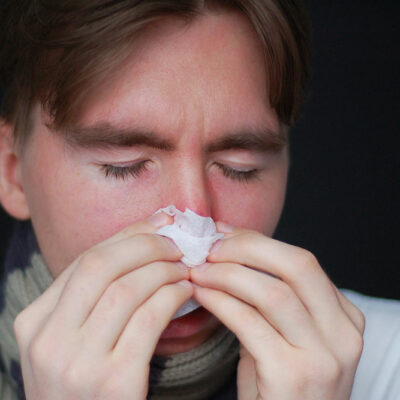
Tips for Applying Essential Oil on Pets
Essential oils are useful for your pets in many ways if used correctly. They have the power to heal wounds, calm stress, and relieve skin irritations of your pets. Essential oils are plant-based liquids that contain powerful concentrated biological compounds, but can also be harmful when they’re used incorrectly. So, it is necessary to learn the application of essential oils for your pets.
1. Aromatic application or diffusing the oil
It is important to diffuse the essential oil in places where your pets like to relax. Such aromatherapy helps your pet relax or be calm if they are nervous. If your pet is resistant to essential oils, it’s helpful to apply the essential oil to yourself throughout the day so your pets can be exposed to the aroma as you hold them and play with them.
2. Dilution for topical application
The amount of essential oil you use should be based on the size of your pet. You must discuss it with your vet about the amount of oil to use and how much you should dilute for topical application.
3. Topical application
It is important to make sure you rub your hands together until they are no longer shiny before rubbing the essential oil on your pet. Apply the oil by caressing your pet. If your pet has hooves, avoid applying the essential oil to the face and apply only where the essential oil can easily evaporate, allowing your pet to breathe freely. For easier application in hard-to-reach areas, mix the essential oils with water in a spray bottle. While treating skin irritations, wounds or fungal infections apply a diluted essential oil directly to the dog’s skin with a cotton swab. Be careful with the concentration level. Dilute 3 drops of oil directly in a 16-ounce water spray bottle and shake well. Your pet’s sense of smell is much stronger than yours, so avoid too strong mixture for application.
4. Internal application
You should not administer essential oils orally to your pet unless you are directed by a veterinarian for specific treatments. Animals can ingest essential oils, but you need to follow certain conditions before administering them. You must consult the vet before the internal application of essential oils to learn about the foods in which you can mix the oil. If you are advised to mix essential oils with your pet’s food, know that that the smell of the oil may make the food undesirable to them, especially for cats. In such a case, you can apply oils to few places on their body so that they may lick, and are likely to consume some of the essential oil as they run around and play. Whichever way you follow, make sure to dilute the oil heavily so the amount your pet licks is minimal. Most importantly you should never force your pets to consume essential oils or foods mixed with essential oils, and also not to force them to cooperate with any other method of application of the essential oil.


